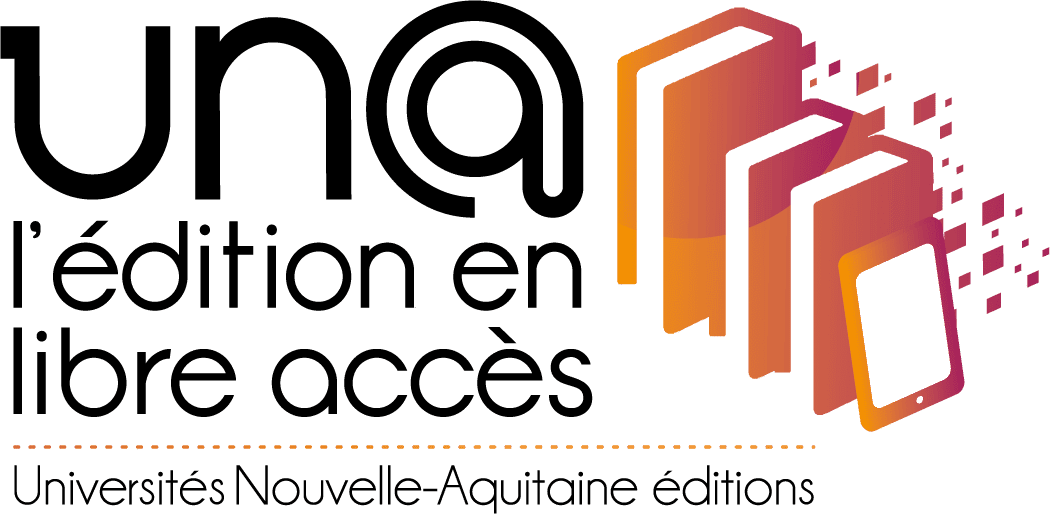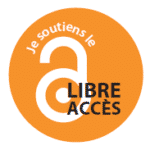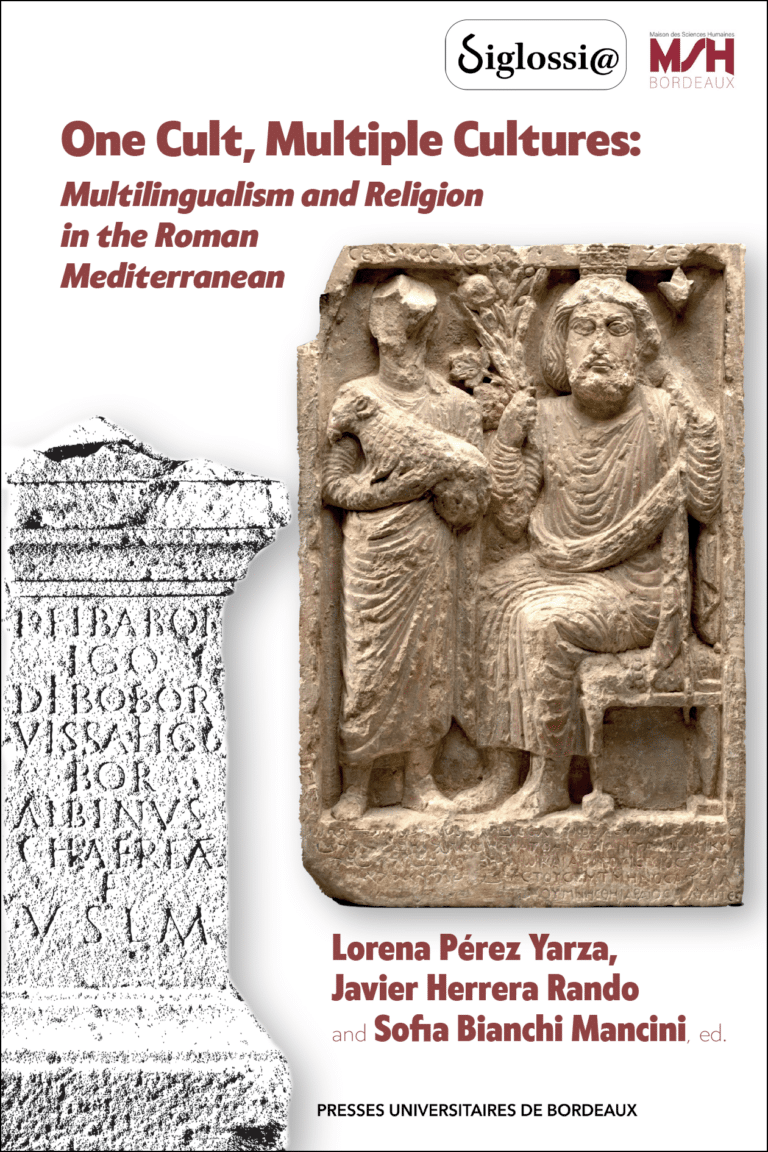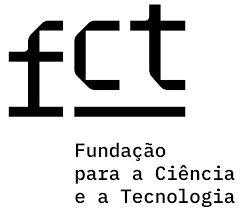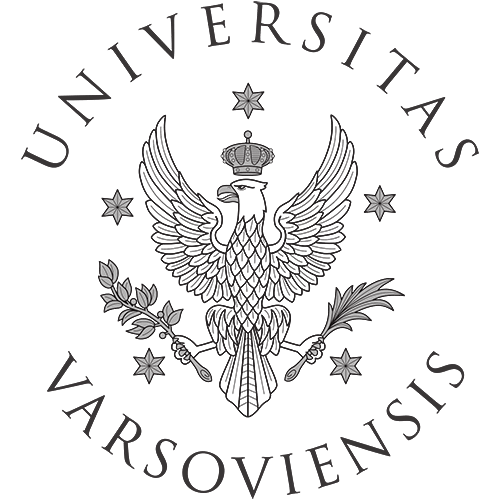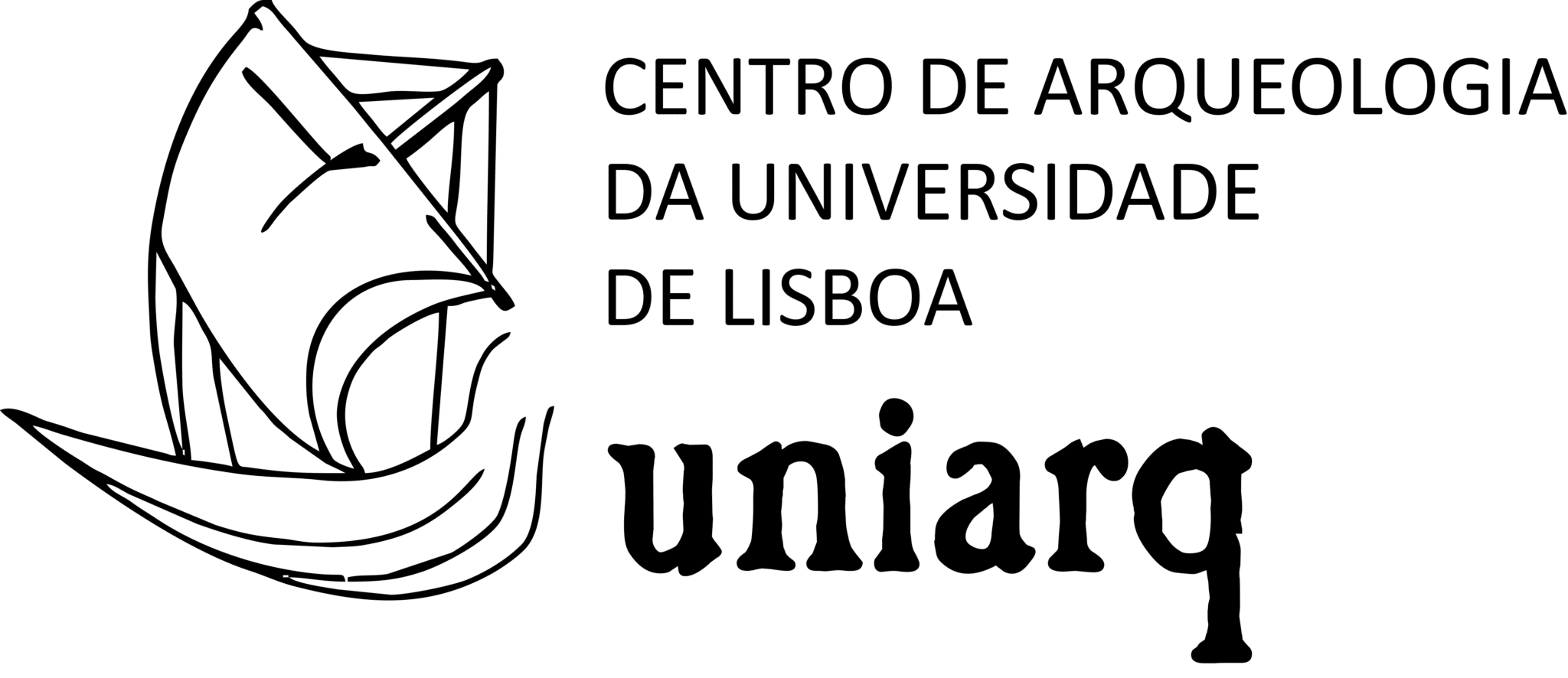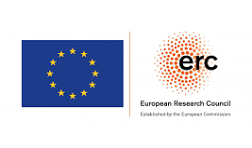Table of contents
2• Corinne Bonnet, Préface
1• Lorena Pérez Yarza, Javier Herrera Rando and Sofia Bianchi Mancini, Bilingual Phenomena and Cultu(r)al Interactions in the Roman Empire
Part I
Bilingual Backgrounds for the Epigraphy of the Roman Far West
3• Javier Herrera Rando, One cult, multiple problems: writing to the gods in north-western Roman Hispania
4• Enrique Paredes Martín, Divinidades indígenas y culto imperial: religiosidades en contacto desde una perspectiva jurídica en la Lusitania romana
5• Armando Redentor, Contacto linguístico na epigrafia votiva romana do conuentus Bracaraugustanus: casos de bilinguismo no âmbito do lusitano
6• Juan Carlos Olivares Pedreño, Divinidades fluviales indoeuropeas y cultos estelares en el territorio céltico occidental
Part II
Writing ‘Faith’ Across Cultures: The Role of Bilingual Inscriptions in the Emergence of Religious Epigraphic Practices of the Roman Mediterranean
7• Gabriela de Tord Basterra, Continuidad y desaparición de los teónimos indígenas en la epigrafía en lengua latina
8• Ginevra Benedetti, Beyond translation: divine names and religious strategies in “asymmetrical” bilingual inscriptions from Regio I (Latium et Campania)
9• Pablo Rodríguez-Valdés, Onomastics in the religious epigraphy of Cyrene as a reflection of multiculturalism in Roman times
10• Tünde Vágási, Non-standard Latin and local influences in divine names: vowel and declension variants in the religious epigraphy of Roman Pannonia
Part III
A Two-Way Street between the West and the East:
Roman World and Semitic Environments
11• Helena Gozalbes García, Expression duale d’une identité: épigraphie bilingüe et iconologie religieuse des monnaies d’ `ybšm-ebusus
12• Aleksandra Kubiak-Schneider, Palmyrene gods in the West. Interferences, interpretations and interactions
13• Giuseppina Marano, Il “mondo possibile” della traduzione tra nomi divini e supporti epigrafici nel Vicino Oriente antico
14• Jörg Rüpke, Afterword
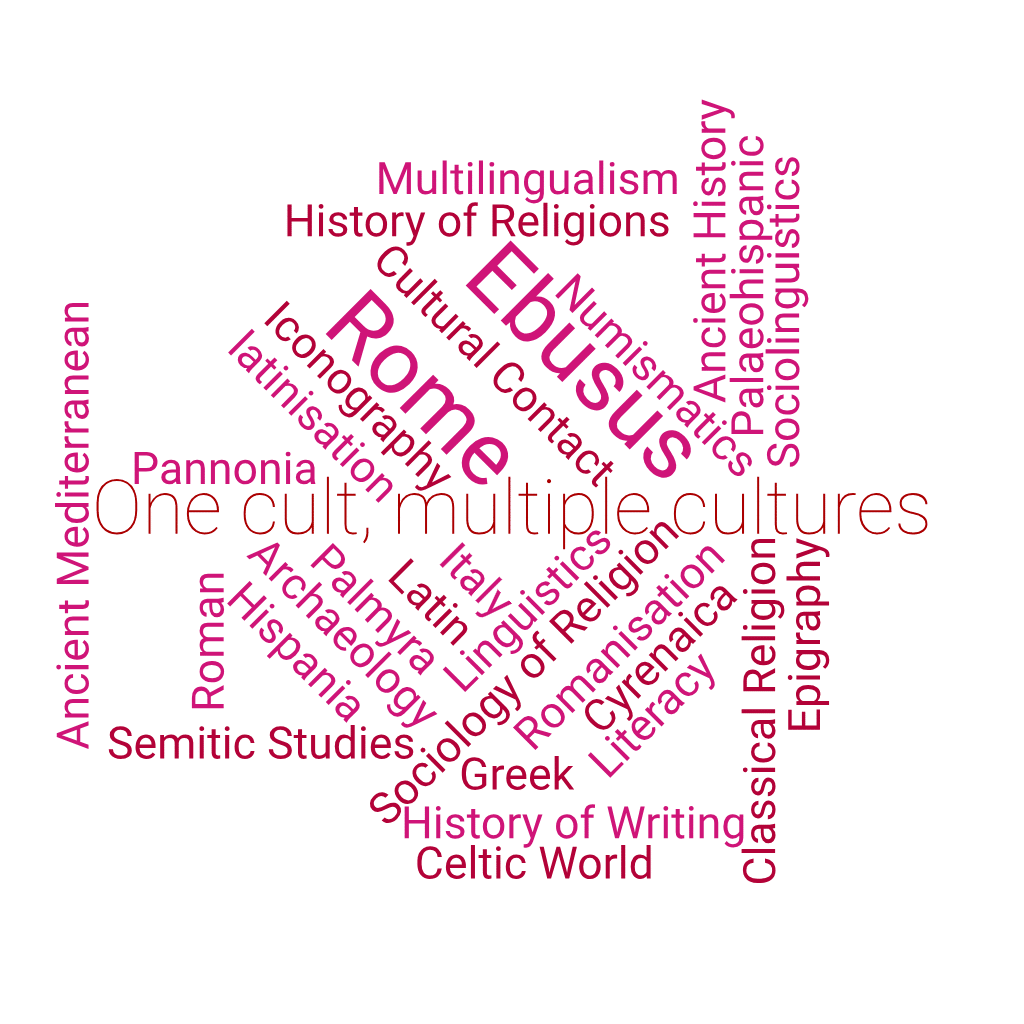
Abstract
This book has received direct financial support from the sub-project A01 Ambiguous Property: From Late Antiquity to the Middle Ages within the Collaborative Research Centre TRR 294/2–424638267 Structural Change of Property, funded by the Deutsche Forschungsgemeinschaft (DFG); as well as the ERC Starting Grant STONE-MASTERS (ERC StG 101040152), funded by the European Union. Views and opinions expressed are, however, those of the author(s) only and do not necessarily reflect those of the European Union or the European Research Council Executive Agency (ERCEA). Neither the European Union nor the granting authority can be held responsible for them.
This work has also been done under the framework of the projects Religión: el Individuo y la Communitas (RICO, PID2020-117176GB-I00), funded by the Spanish Ministry of Science and Innovation and the State Research Agency, and The Birth of the Epigraphic Culture in Roman Lusitania (2022.03547.CEECIND), with institutional support from UNIARQ–Centre for Archaeology of the University of Lisbon (UID/00698), both funded by the Portuguese Foundation for Science and Technology (FCT).
Résumé
Cet ouvrage a bénéficié d’un soutien financier direct du sous-projet A01 « Propriété ambiguë : De l’Antiquité tardive au Moyen Âge dans le cadre du Centre de recherche collaborative TRR 294/2–424638267 Changement structurel de la propriété, financé par la Deutsche Forschungsgemeinschaft (DFG) ; ainsi que de la bourse ERC Starting Grant STONE-MASTERS (ERC StG 101040152), financée par l’Union européenne. Les points de vue et opinions exprimés sont toutefois ceux des auteurs uniquement et ne reflètent pas nécessairement ceux de l’Union européenne ou de l’Agence exécutive du Conseil européen de la recherche (ERCEA). Ni l’Union européenne ni l’autorité octroyant la subvention ne peuvent en être tenues responsables.
Ce travail a également été réalisé dans le cadre des projets Religión: el Individuo y la Communitas (RICO, PID2020-117176GB-I00), financé par le ministère espagnol des Sciences et de l’Innovation et l’Agence nationale de la recherche, et The Birth of the Epigraphic Culture in Roman Lusitania (2022.03547. CEECIND), avec le soutien institutionnel de l’UNIARQ-Centre d’archéologie de l’université de Lisbonne (UID/00698), tous deux financés par la Fondation portugaise pour la science et la technologie (FCT).
Resumen
Este libro ha recibido apoyo financiero directo del subproyecto A01 «Propiedad ambigua: De la Antigüedad tardía a la Edad Media, dentro del Centro de Investigación Colaborativa TRR 294/2–424638267 Cambio estructural de la propiedad, financiado por la Deutsche Forschungsgemeinschaft (DFG); así como de la subvención ERC Starting Grant STONE-MASTERS (ERC StG 101040152), financiada por la Unión Europea. No obstante, las opiniones y puntos de vista expresados son exclusivamente los de los autores y no reflejan necesariamente los de la Unión Europea ni los de la Agencia Ejecutiva del Consejo Europeo de Investigación (ERCEA). Ni la Unión Europea ni la autoridad concedente pueden ser consideradas responsables de los mismos.
Este trabajo también se ha realizado en el marco de los proyectos Religión: el Individuo y la Communitas (RICO, PID2020-117176GB-I00), financiado por el Ministerio de Ciencia e Innovación y la Agencia Estatal de Investigación, y El nacimiento de la cultura epigráfica en la Lusitania romana (2022.03547. CEECIND), con el apoyo institucional del UNIARQ-Centro de Arqueología de la Universidad de Lisboa (UID/00698), ambos financiados por la Fundación Portuguesa para la Ciencia y la Tecnología (FCT).
This book has received financial and institutional support from various national and international sources. It has been funded by the Collaborative Research Centre TRR 294/2–424638267, supported by the Deutsche Forschungsgemeinschaft (DFG), and by the competitive funds of the Faculty of History, University of Warsaw, as well as the ERC Starting Grant 101040152. This project has also benefited from the institutional support of the Portuguese Fundação para a Ciência e a Tecnologia (FCT) through UNIARQ–Centro de Arqueologia da Universidade de Lisboa (projects https://doi.org/10.54499/UIDB/00698/2020 and https://doi.org/10.54499/UIDP/00698/2020), and the research project The Birth of Epigraphic Culture in Lusitania (https://doi.org/10.54499/2022.03547.CEECIND/CP1762/CT0002).
The views and opinions expressed in this book are solely those of the author(s) and do not necessarily reflect those of the European Union or the European Research Council Executive Agency (ERCEA); neither the European Union nor the granting authority can be held responsible for them.
